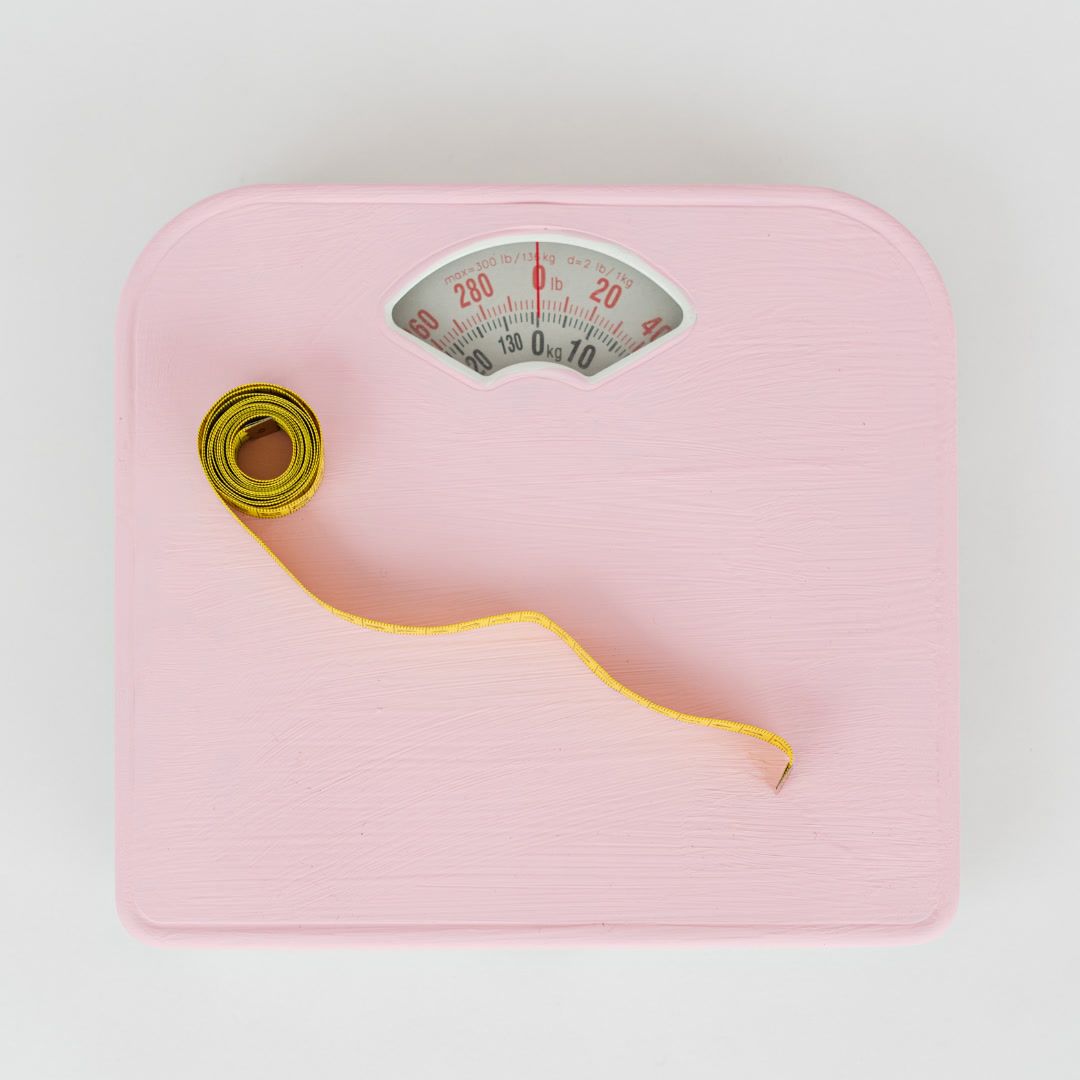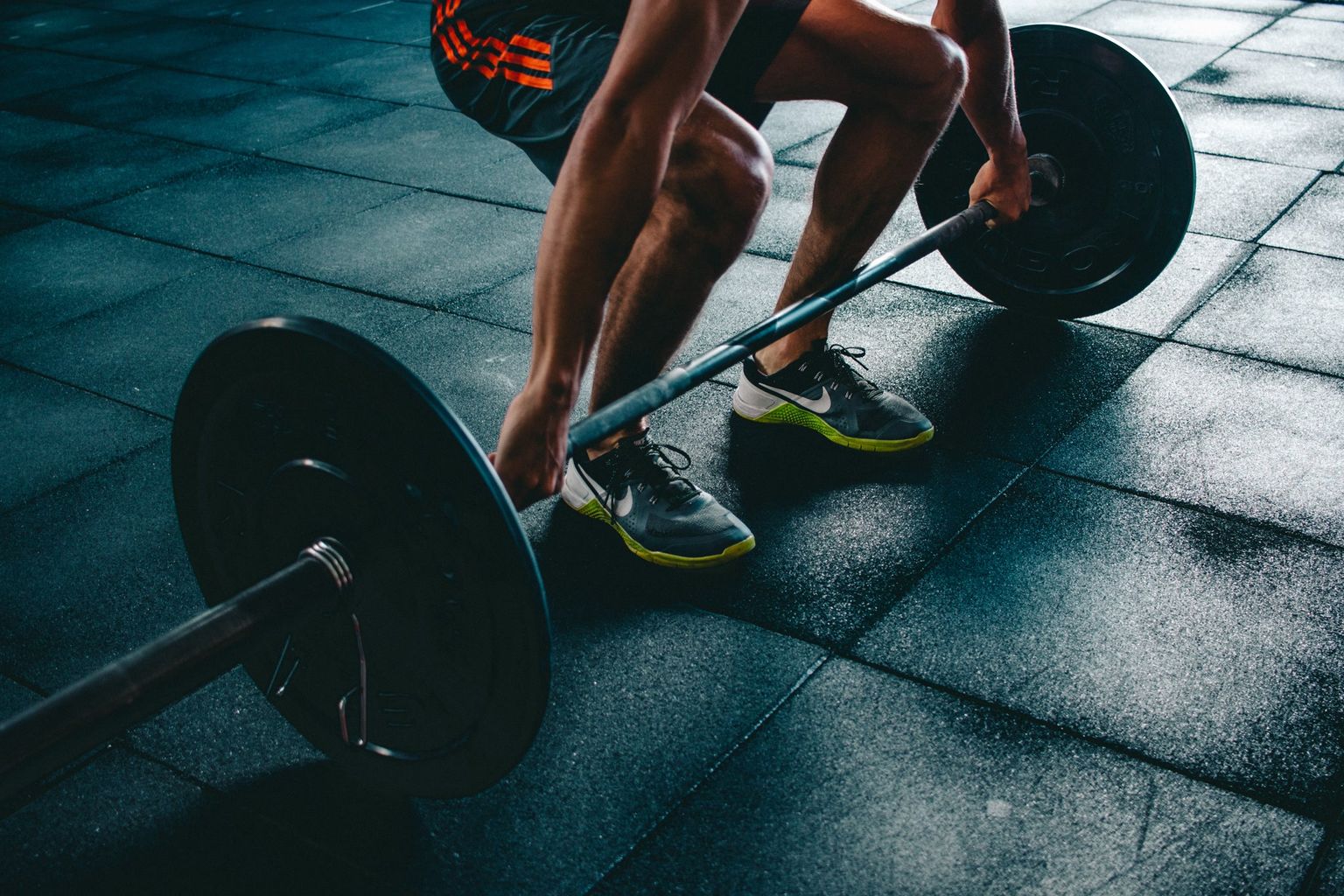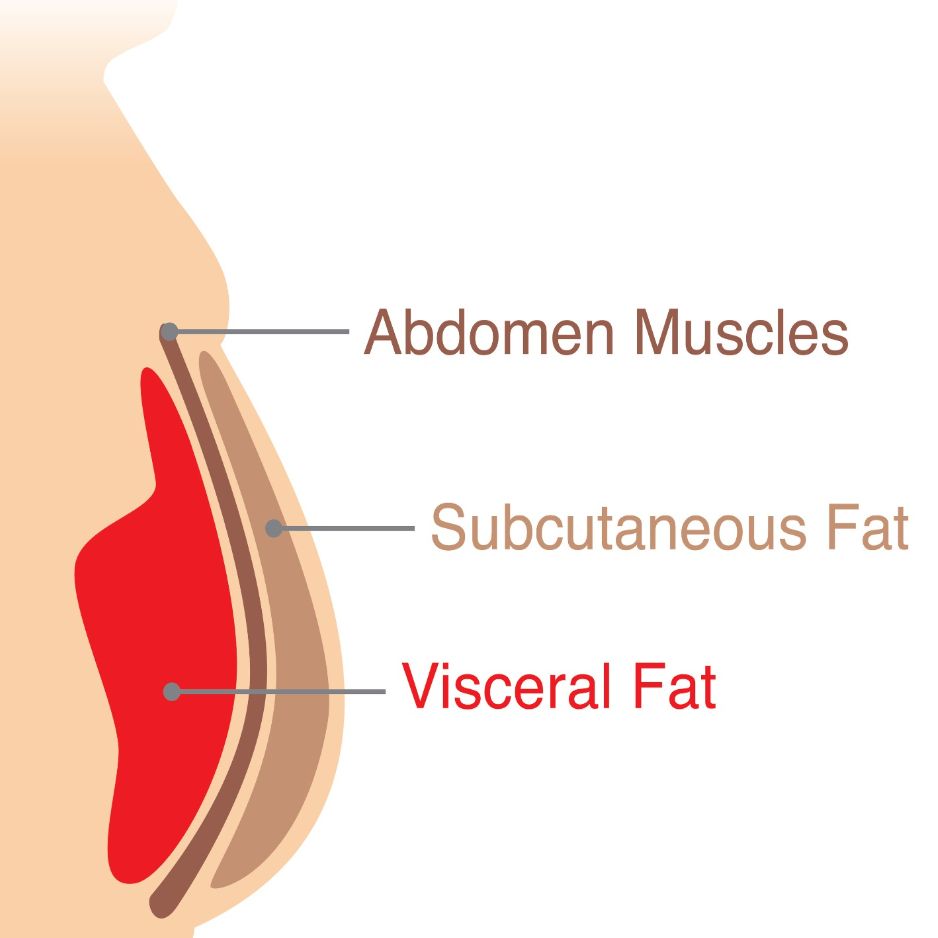Carbo Loading: Your Guide to Maximize Race Day Fuel
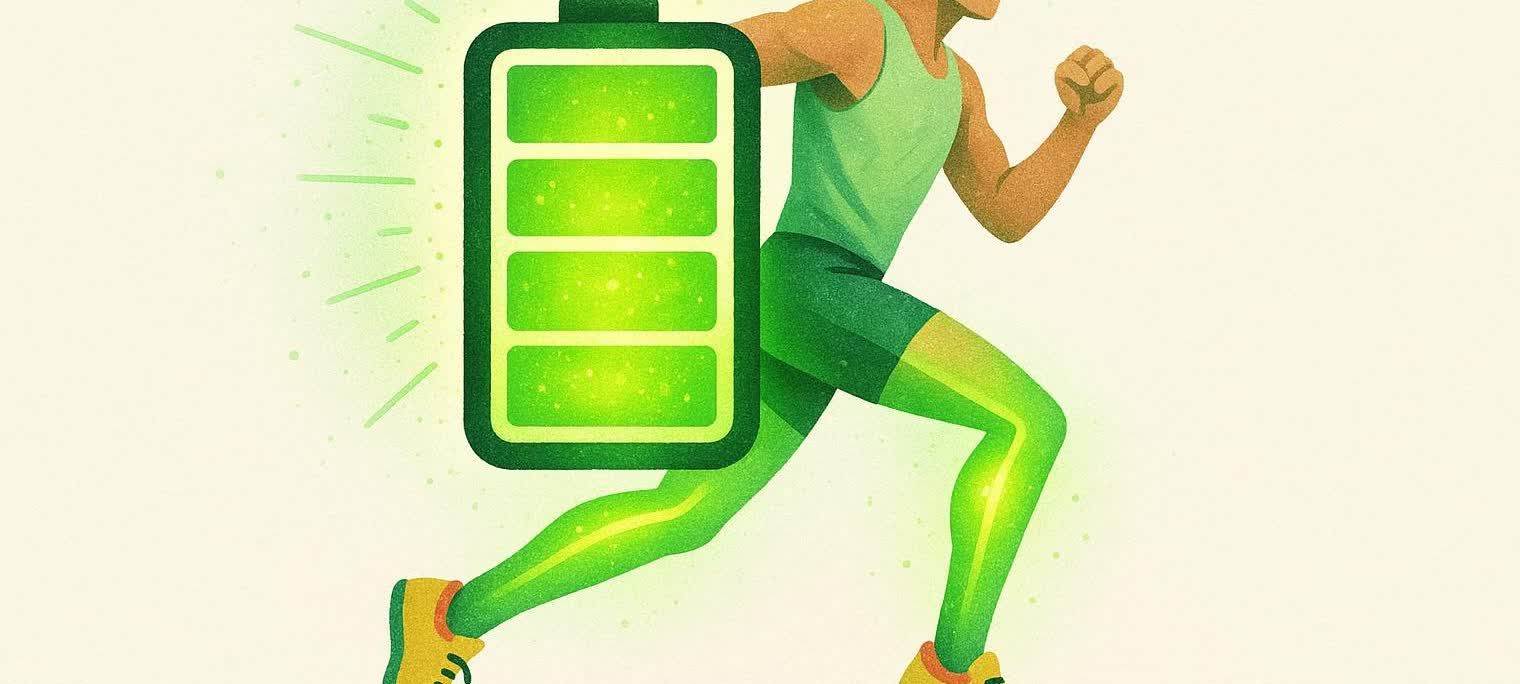
Carbo Loading: Your Guide to Maximize Race Day Fuel
You’ve trained for weeks, dialed in your pace strategy, and tapered your mileage—don’t let an empty fuel tank sabotage race day. Carbo loading (short for carbohydrate loading) is a proven nutrition tactic that saturates your muscles and liver with the glycogen they need for sustained endurance. Done correctly, it can delay fatigue by roughly 20 percent in long events, according to a Sports Medicine review. Done poorly, it leaves you bloated, sluggish, or sprinting toward the nearest portable toilet.
This step-by-step guide breaks down the science, compares classic and modern protocols, and gives you plug-and-play meal plans so you can toe the start line fully charged.
What Is Carbo Loading?
Carbo loading is a short, strategic increase in carbohydrate intake—usually paired with reduced training volume—to super-compensate muscle and liver glycogen stores beyond normal levels. Think of it as topping off a gas tank: your engine (muscles) can only hold so much fuel, and the right mix of timing, quantity, and rest lets you cram in a little extra.
Why do it? Glycogen is the high-octane fuel for efforts lasting longer than ≈90 minutes. When levels dip too low, power output plummets and you risk the dreaded “bonk.” Increasing glycogen may add 1–2 lb, but guidance from Precision Hydration points out the performance trade-off is almost always worth it. Each gram of glycogen stores roughly 3 g of water.
Who Benefits Most
- Marathons, ultra-marathons, century rides, Gran Fondos
- Half-Ironman or Ironman triathlons
- Tournament-style team sports with multiple high-intensity bouts in one day
Shorter (<60–90 min) or low-to-moderate intensity events rely less on glycogen, so a full loading protocol is rarely necessary.
Classic vs. Modern Carb-Loading Protocols
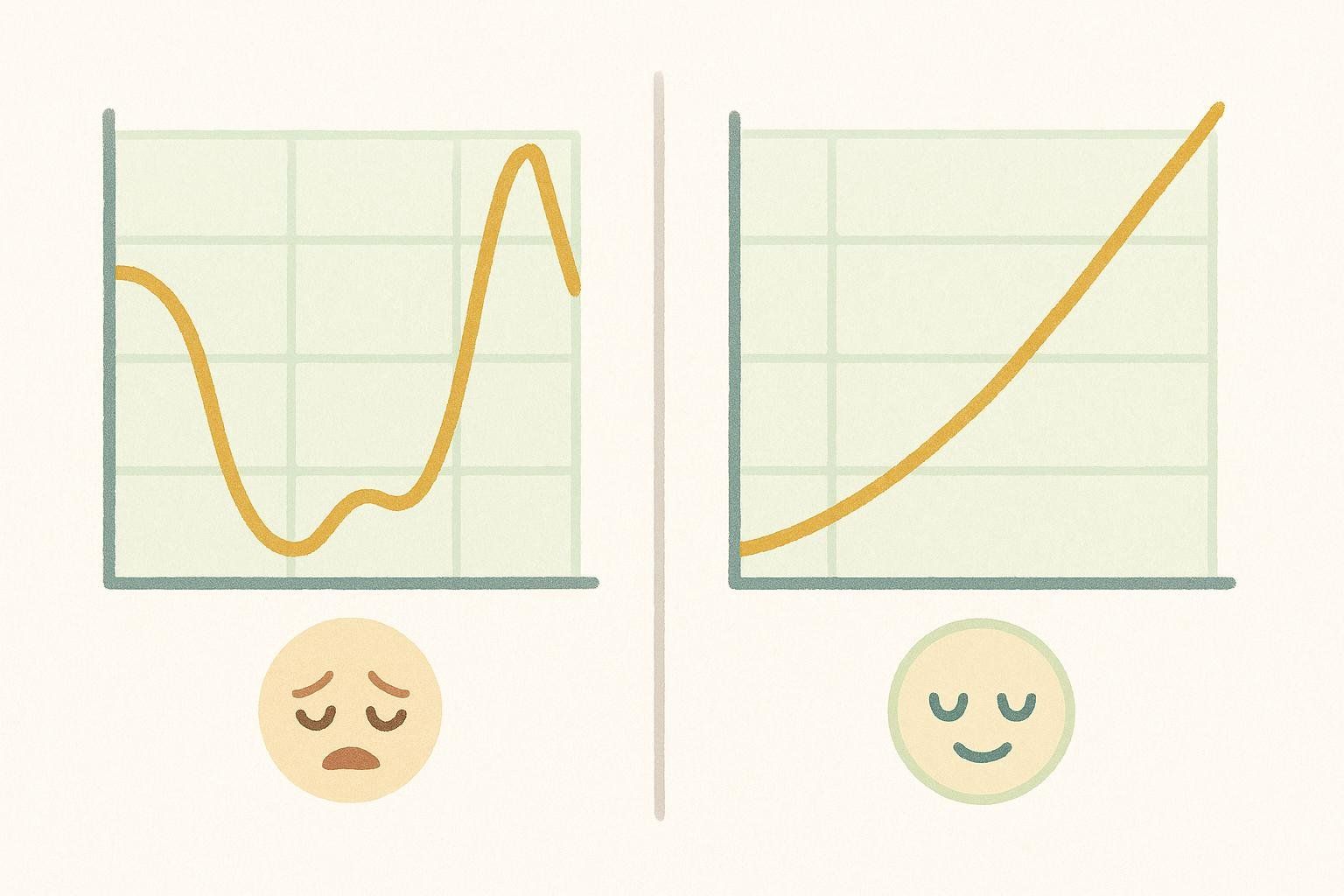
| Feature | Classic 7-Day (Deplete + Load) | Modern 3-Day (No Depletion) |
|---|---|---|
| Days 7–4 | Hard training + <3 g ⁄ kg carbs to drain glycogen | Normal taper + ≈5 g ⁄ kg carbs |
| Days 3–1 | Training taper + 10–12 g ⁄ kg carbs | Training taper + 8–12 g ⁄ kg carbs |
| Pros | Can achieve >100 % baseline glycogen | Fewer GI issues, simpler schedule; studies show comparable performance outcomes (NSCA) |
| Cons | 1-week commitment, high fatigue risk during depletion | May yield slightly lower peak glycogen yet produces similar time-trial results for recreational and sub-elite athletes (ResearchGate study). |
| Best For | Elite athletes who can monitor recovery closely | Most recreational to advanced endurance athletes |
Bottom line: the 3-day non-depletion model delivers nearly the same performance boost with half the hassle. It’s now the go-to method for most runners and triathletes.
How Many Carbs Do You Need?
General target ranges during the loading phase:
- 8–10 g ⁄ kg ⁄ day for events lasting 90 min–3 hrs
- 10–12 g ⁄ kg ⁄ day for races >3 hrs or very lean/elite athletes
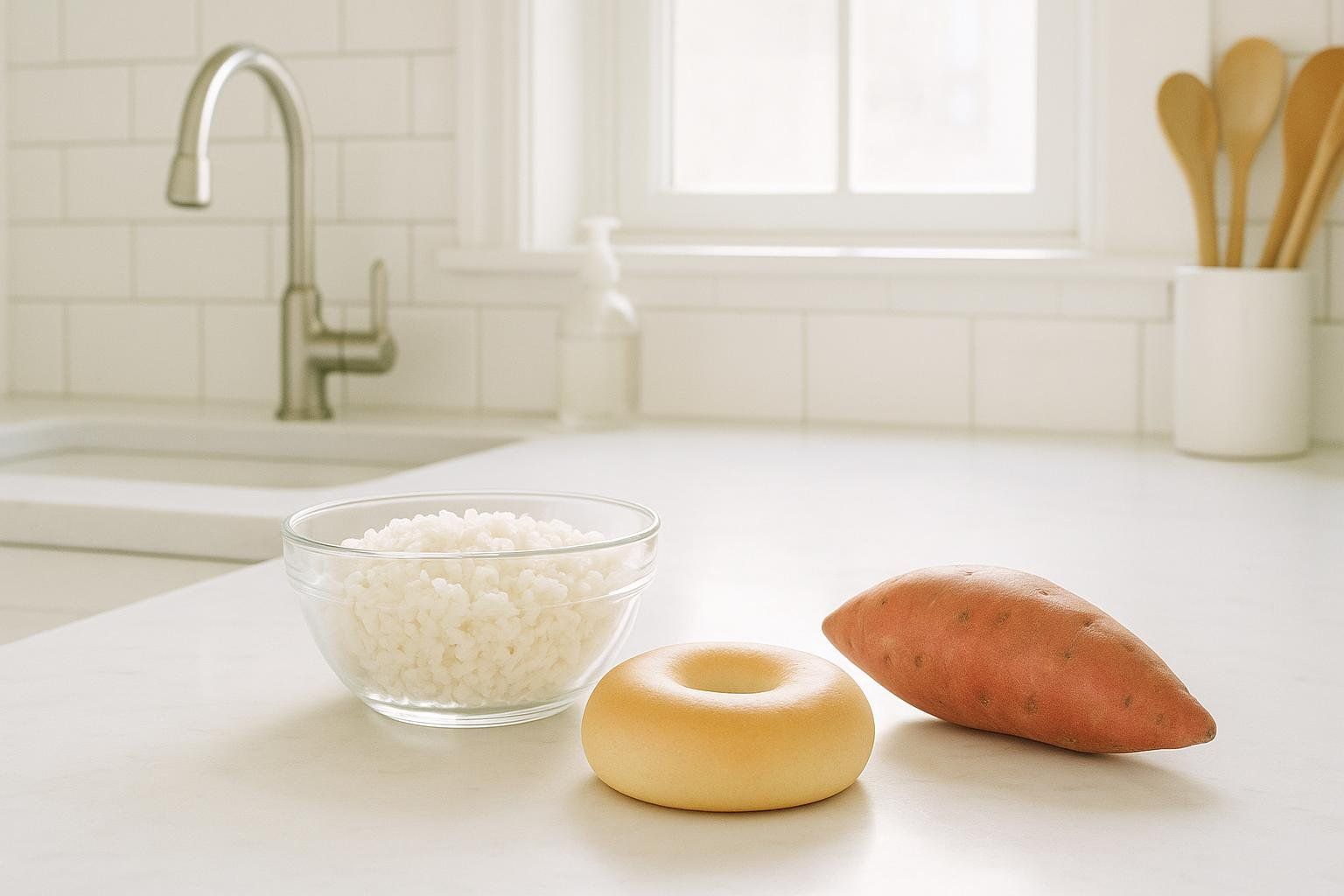
| Body Weight | Moderate (8 g ⁄ kg) | Ultra (12 g ⁄ kg) |
|---|---|---|
| 130 lb (59 kg) | 475 g ⁄ day | 710 g ⁄ day |
| 150 lb (68 kg) | 545 g ⁄ day | 820 g ⁄ day |
| 180 lb (82 kg) | 655 g ⁄ day | 980 g ⁄ day |
Pro Tip: Not a fan of math? Use our free carb calculator to generate personalized daily and per-meal targets.
3-Day Non-Depletion Carb-Loading Schedule
Sample plan for a 150 lb (68 kg) athlete targeting ≈600 g carbs per day.
Day –3 (72 hrs out)
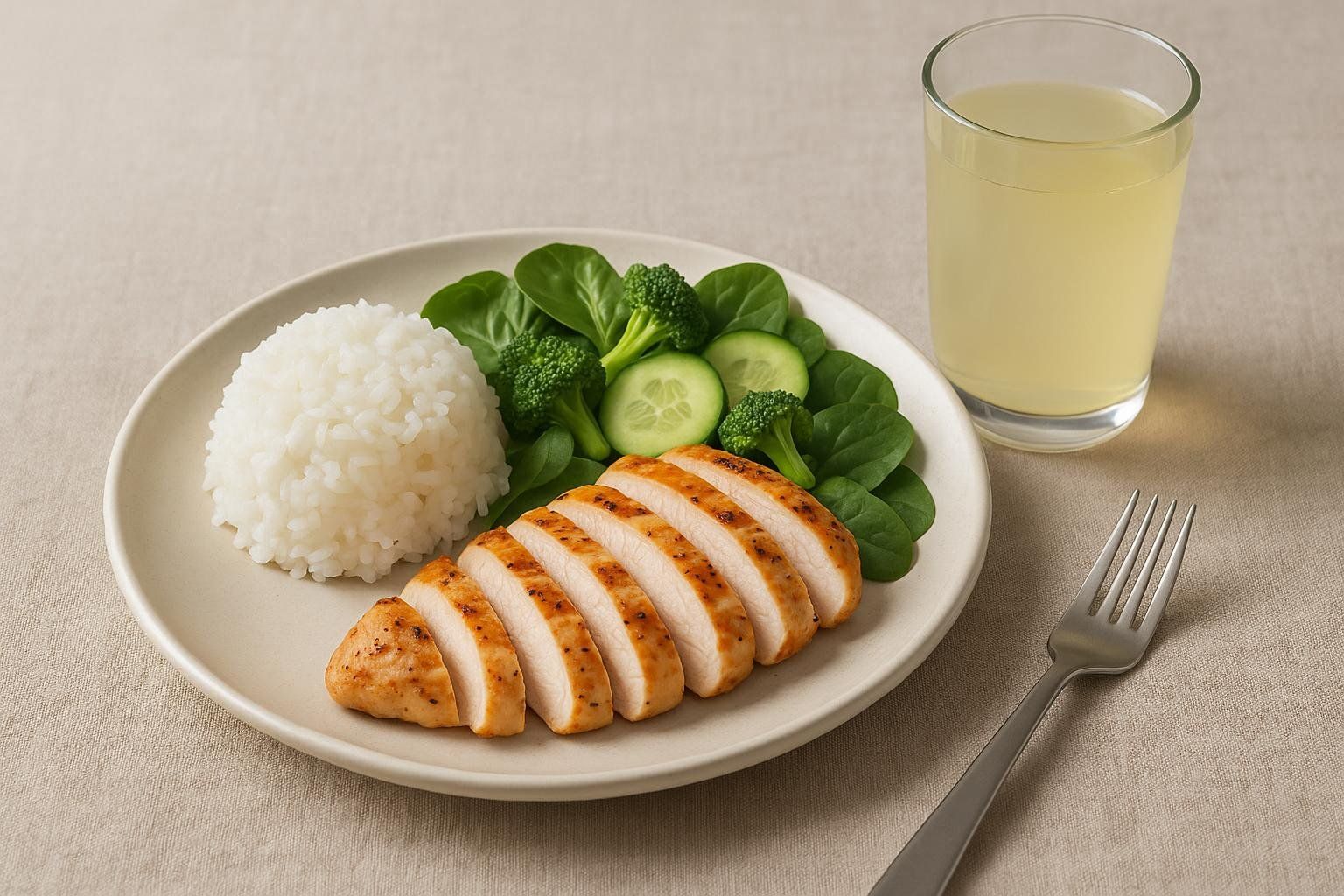
| Meal | Food Ideas | Carbs (g) |
|---|---|---|
| Breakfast | 2 c cooked white rice, 4 oz egg whites, 1 medium banana, 16 oz sports drink | 145 |
| Snack | 1 large plain bagel + 2 tbsp honey | 75 |
| Lunch | Turkey sandwich (2 slices white bread, 4 oz turkey), 1 oz pretzels, 12 oz apple juice | 120 |
| Snack | 1 low-fiber energy bar, 16 oz sports drink | 70 |
| Dinner | 3 c cooked pasta + 1 c marinara, 3 oz grilled chicken | 170 |
| Evening | 1 c rice pudding | 45 |
| Total | ≈625 |
Day –2 (48 hrs out)
| Meal | Food Ideas | Carbs (g) |
|---|---|---|
| Breakfast | 1 c dry oatmeal (cooked), 1 large banana, 2 tbsp maple syrup | 100 |
| Snack | 1 large plain bagel + 3 tbsp jam | 95 |
| Lunch | 1 large baked sweet potato, 2 c cooked white pasta + 1 tsp olive oil | 165 |
| Snack | 2 low-fiber cereal bars, 16 oz sports drink | 85 |
| Dinner | 3 c cooked white rice, 3 oz grilled tilapia | 135 |
| Evening | 1 c low-fiber cereal + 1 c skim milk | 40 |
| Total | ≈620 |
Day –1 (Race Eve)

| Meal | Food Ideas | Carbs (g) |
|---|---|---|
| Breakfast | 4 medium pancakes + 4 tbsp maple syrup, 12 oz orange juice | 205 |
| Snack | 1.5 c cooked white rice + 1 tbsp soy sauce | 70 |
| Lunch | 1 sleeve (≈40) saltine crackers, 1 large banana, 16 oz sports drink | 125 |
| Dinner | 3 oz grilled chicken breast, 1.5 c cooked rice noodles in broth | 90 |
| Evening Snack | 1 c applesauce, 1 c rice pudding | 110 |
| Total | ≈600 |
1-Day “Top-Off” Strategy (Races 60–90 min)
- Ideal for 10 k runs, sprint triathlons, or 40 km cycling TTs.
- Target ≈10 g ⁄ kg low-fiber carbs the day before.
- Keep fat minimal so carbs dominate calories.
- Finish with an easy 20-min shake-out session, then rest.
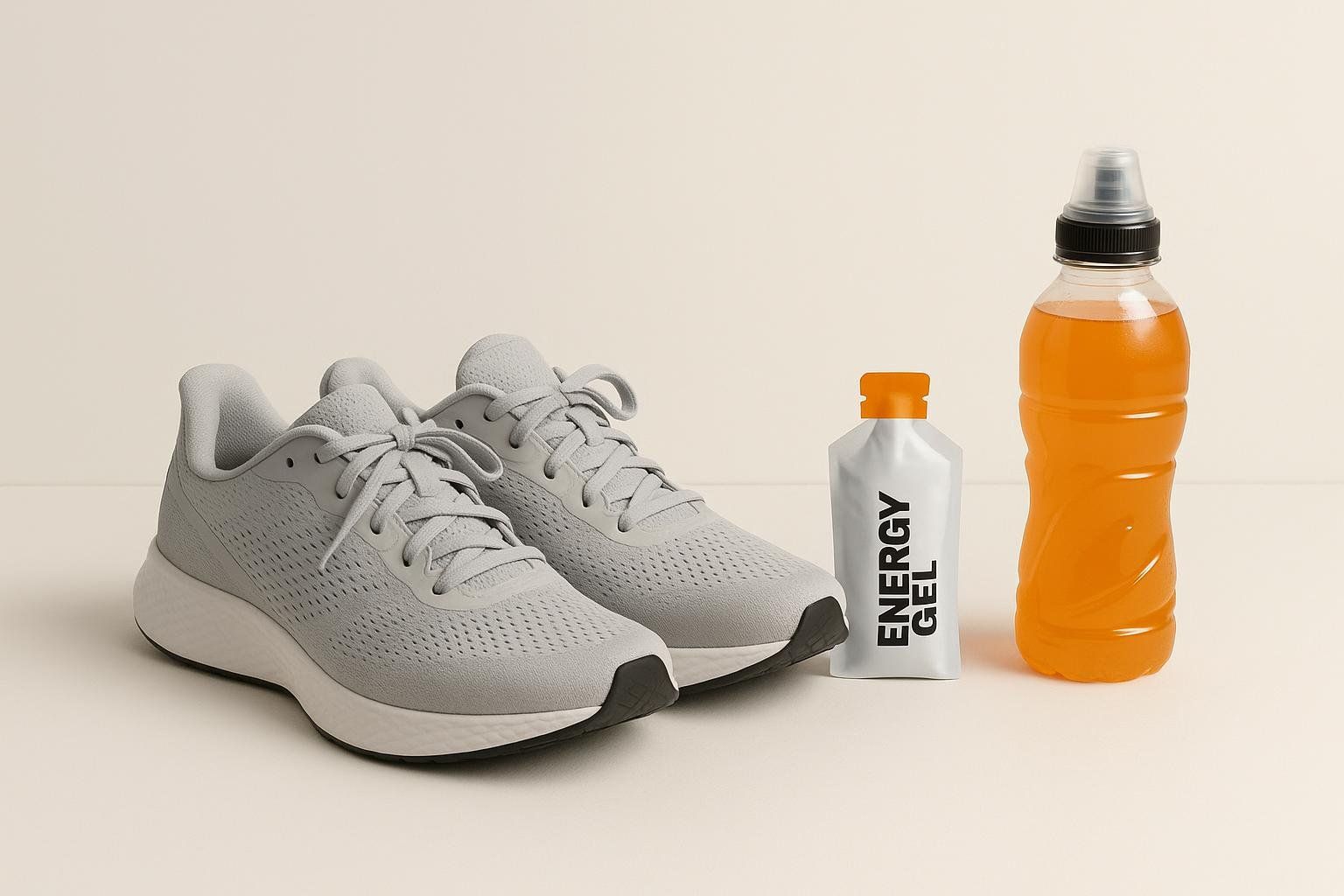
Fiber, Fluids & Electrolytes: Fine-Tuning Your Plan
- Hydrate Aggressively—But Not Excessively Drink 16–20 oz water at every meal and sip a sodium-rich sports drink between meals.
- Cut Fiber to <10 g ⁄ day 24 hrs pre-race if you’re prone to GI distress (supported by Healthline).
- Pair Carbs with Familiar Proteins Lean, low-fat sources you’ve tested in training—chicken breast, fish, egg whites.
- Mind the Scale A 1–3 lb bump is normal—purely water bound to glycogen, not additional body fat.
For deeper hydration guidance, see our hydration strategies for endurance athletes.
Common Carb-Loading Mistakes (and How to Dodge Them)
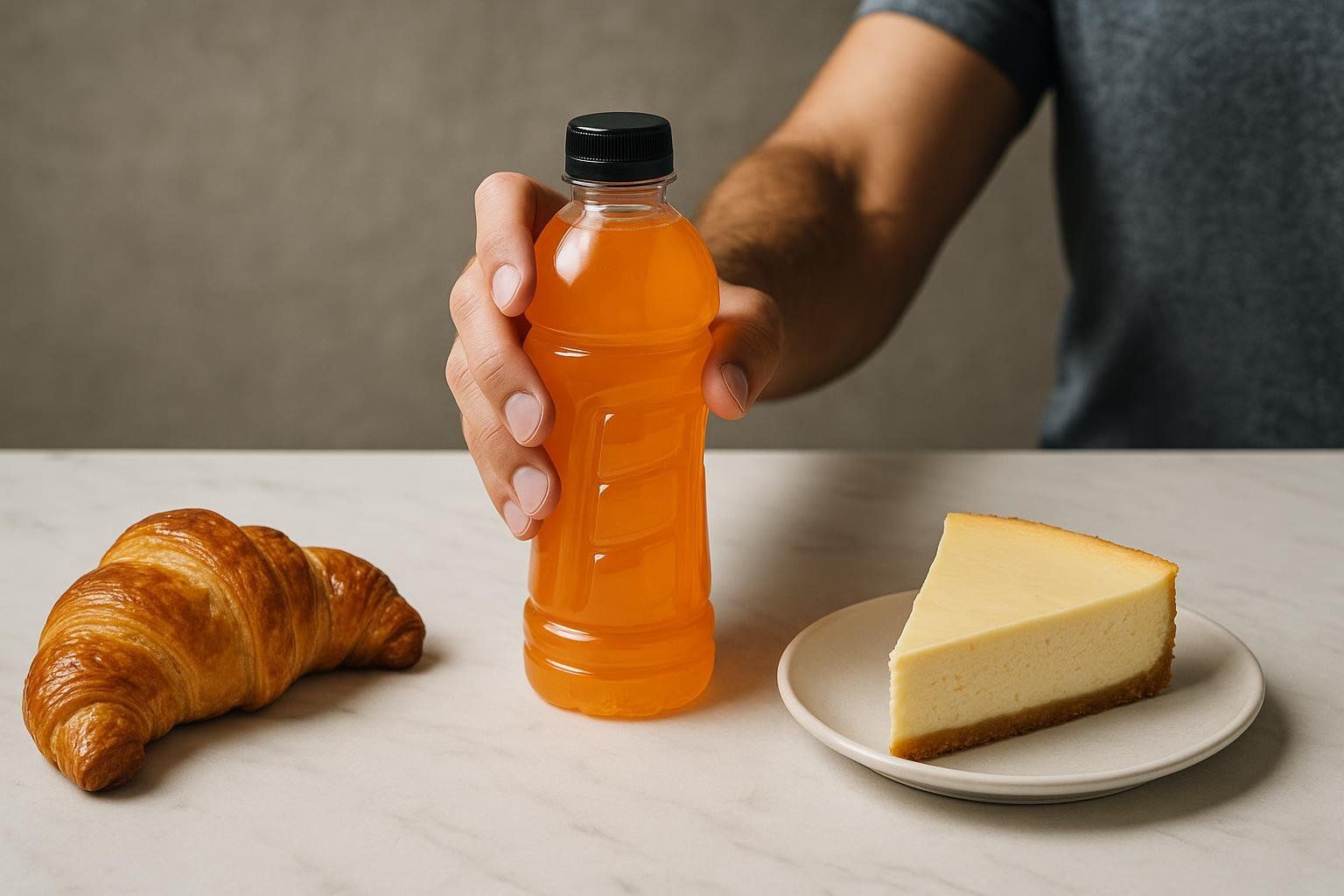
- Starting Too Late – A single pasta dinner won’t cut it.
- Ignoring Training Taper – High mileage burns the glycogen you’re trying to store.
- Overdoing Fat – Buttered pastries taste great but crowd out carbs per bite.
- Fiber Overload – Whole-wheat bagels = race-morning regrets.
- Skipping Electrolytes – Sodium + carbs enhances absorption.
- Testing New Foods – Stick with tried-and-true choices from training.
FAQ
Do low-carb or keto athletes need to load?
If you rely on fat adaptation, full carb loading may not align with your metabolic strategy. A moderate “train low, race high” approach—adding 5–6 g ⁄ kg carbs 24 hrs before—can still boost high-intensity capacity (see this Precision Hydration guide).
Should I wake up at night to keep eating?
No. Aim for steady daytime feedings; poor sleep hurts performance more than an extra snack helps.
Is sports-drink sugar as effective as pasta?
Yes. Liquid carbs are quickly absorbed and easier to tolerate when solid food loses its appeal close to race day.
How do I know if I loaded correctly?
Slight weight gain, fuller-feeling muscles, and easier high-intensity warm-ups are good signs. Using a food log or a tool like the BodySpec carb calculator can help ensure you’re hitting your daily targets.
Next Steps: Validate Your Training with Data
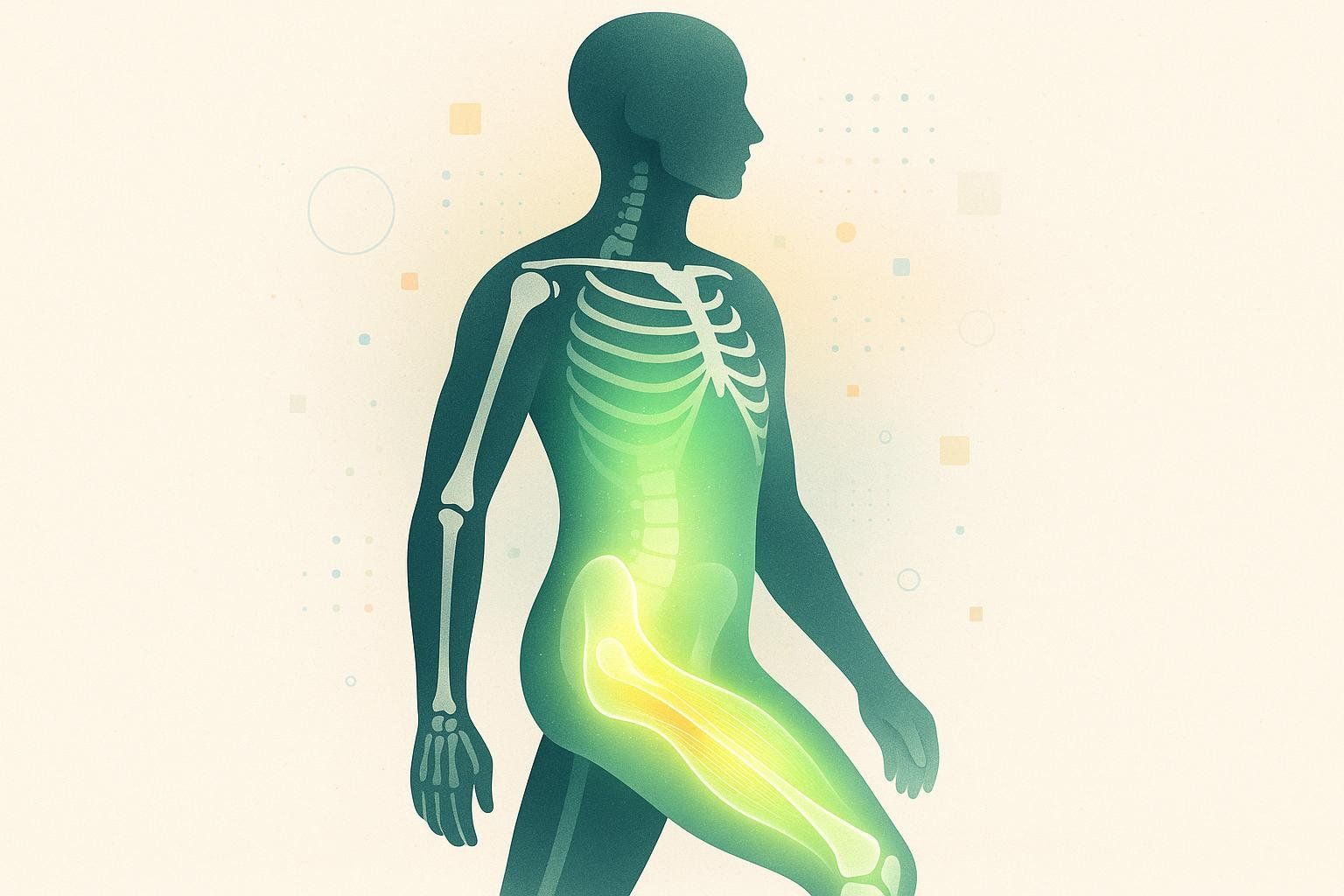
A quarterly DEXA scan helps you track changes in lean and fat mass, providing hard data to assess the effectiveness of your overall training and nutrition strategy—so you’re not just racing faster, you’re racing smarter.
Ready to take the guesswork out of race prep? Schedule a scan at one of our mobile clinics and bring your next PR within reach.
